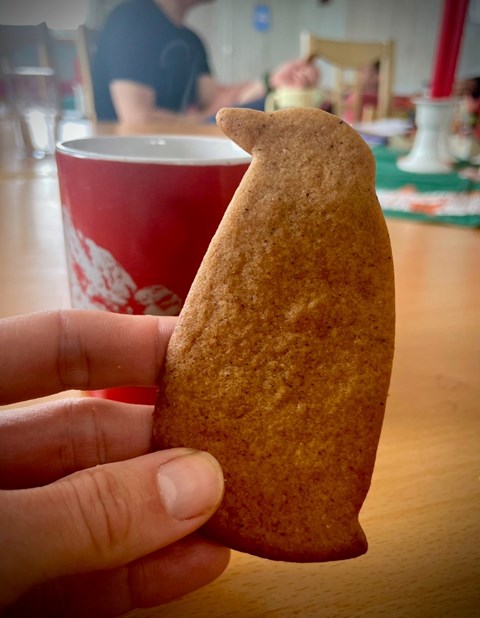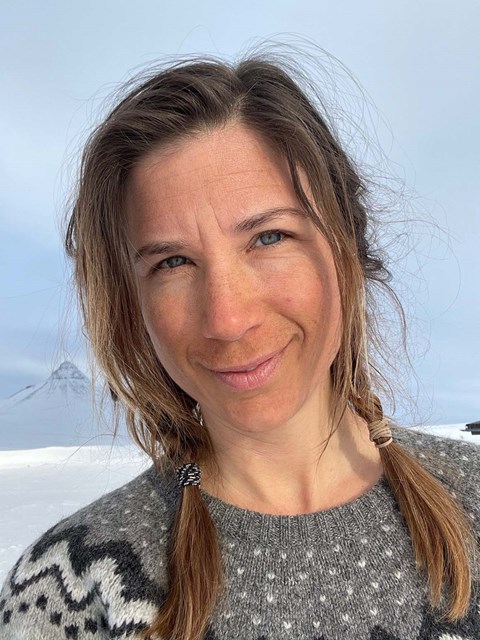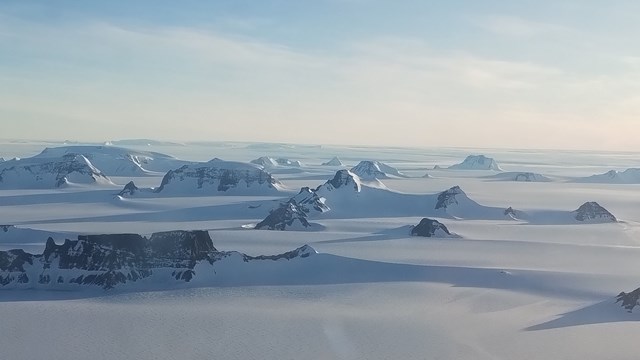Busy days at Wasa
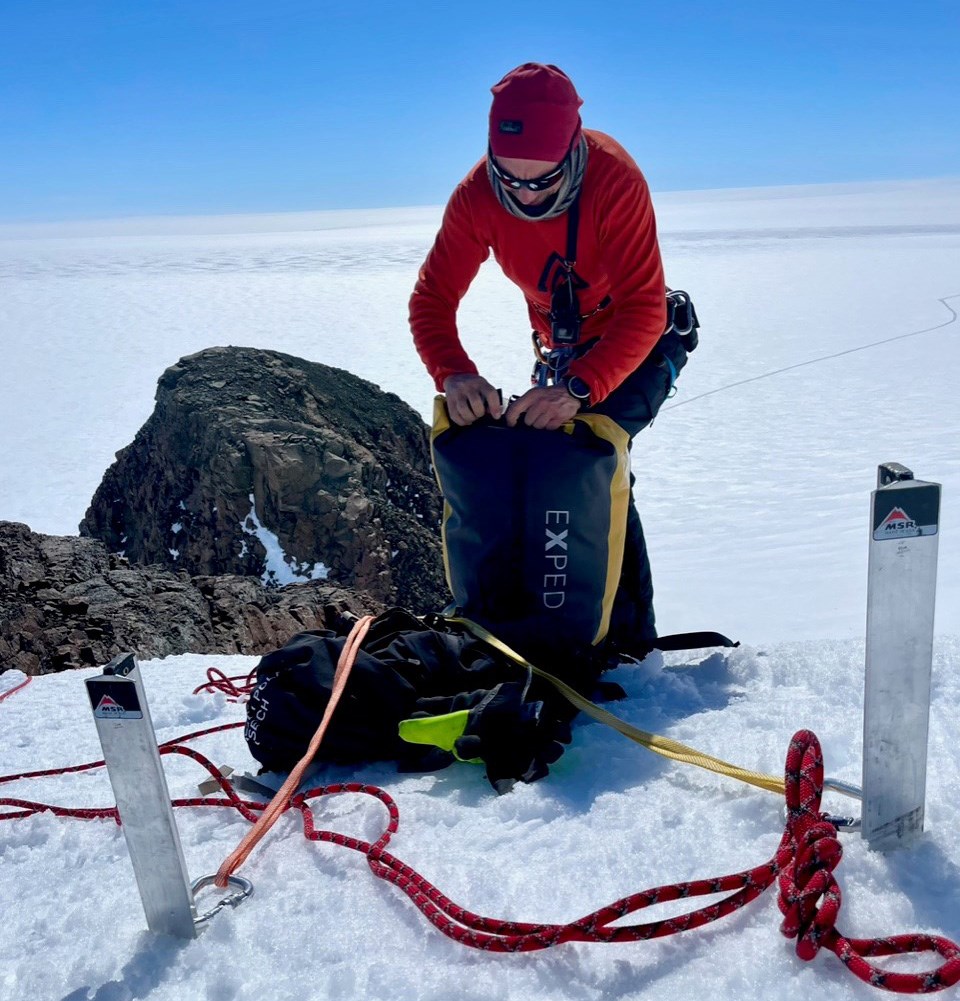 Andreas Bergström, technician, installs snow anchors on the mountain Plogen before sampling. Photo: Karna Johansson.
Andreas Bergström, technician, installs snow anchors on the mountain Plogen before sampling. Photo: Karna Johansson.
Text by: Karna Johansson, expedition doctor
It has been busy days at Wasa. The station has been buzzing with activity after the team became full. The technicians have changed the gearbox on one of the track cars that has been standing still for several years. Every day, they have come in for the food more and more sooty and oily - but also more and more excited. And when we came home from a day trip the other day, it was standing in the yard. However, the technicians did not do happy dances and had already found a new project.
The researchers and guides have prepared the mobile housing modules and made tours of the local area to prepare for the longer excursions. Two days have been spent visiting Plogen, the beautiful nunatak we see through Wasa's kitchen window. From the station, it looks like a hill not too far away, but after driving straight towards the mountain for more than an hour and slowly watching it grow, you realize it's further away than that. Once at Plogen, we have practised moving in alpine terrain, which requires a lot from everyone involved. On the ice, you need to walk in rope teams (wear harnesses with ropes between the participants) to avoid glacier crevasses. On the mountain, steep slopes, falling rocks and high altitudes must be taken into account. Sometimes, you have to build an anchor point in the rock that the researchers have to hold on to if there is a risk of falling during the sampling. The sampling of stones also requires practice, a laborious procedure worthy of a separate post in the future.
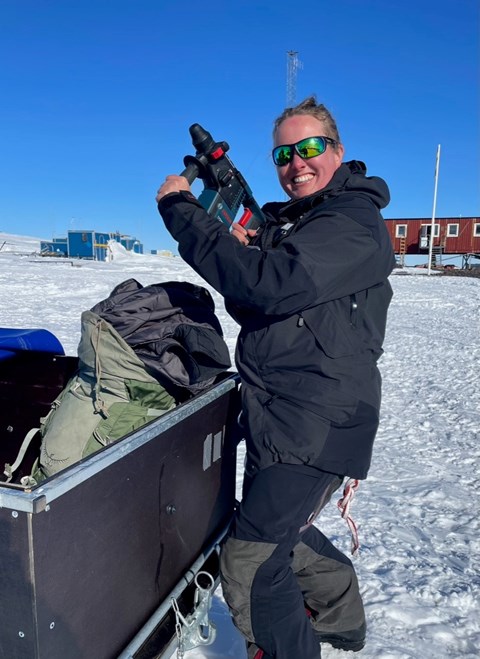
Finally, we have also celebrated Christmas! It's a welcome break from all the work. Linda and I spent an evening together creating some Christmas decorations from old flour bags, so stars were always bright in the bright windows. When Christmas morning dawned, a darkened family room greeted us with live candles and Christmas music, homemade rice porridge and home-baked herb bread - more Christmas atmosphere than you thought would be possible under the midnight sun. As a Christmas present, everyone received a video call home to the family, which left most of them a little sad and loving in their hearts, which is also part of the holidays. We watched the obligatory Donald Duck on Christmas Eve at three o'clock, even with Arne Weise. Then Linda offered a Christmas dinner, which lasted for several days, just as tradition provides.
I wanted to end with a reflection, which has been done in many forms before. I don't think Christmas is that important because it has become a commercial gimmick with stressed families with children and excessive consumption. But here, on the other side of the world, Christmas suddenly felt more important than in a long time. But despite more jolly elements than I've had since childhood, the feeling was that something was missing. When my peers returned from their Christmas calls to family with moist eyes, it became clear what was missing - those we hold extra close to our hearts. You don't have to go to Antarctica and celebrate Christmas under the midnight sun to realize that the important thing in life is the people we care about. But when it came to that, it would be a shame not to share it. Because that's what Christmas is all about - sharing with the ones you love.
With that, I wish you happy holidays and I will go out into the field with our researchers and technicians for a week to collect samples in Vestfjella.
